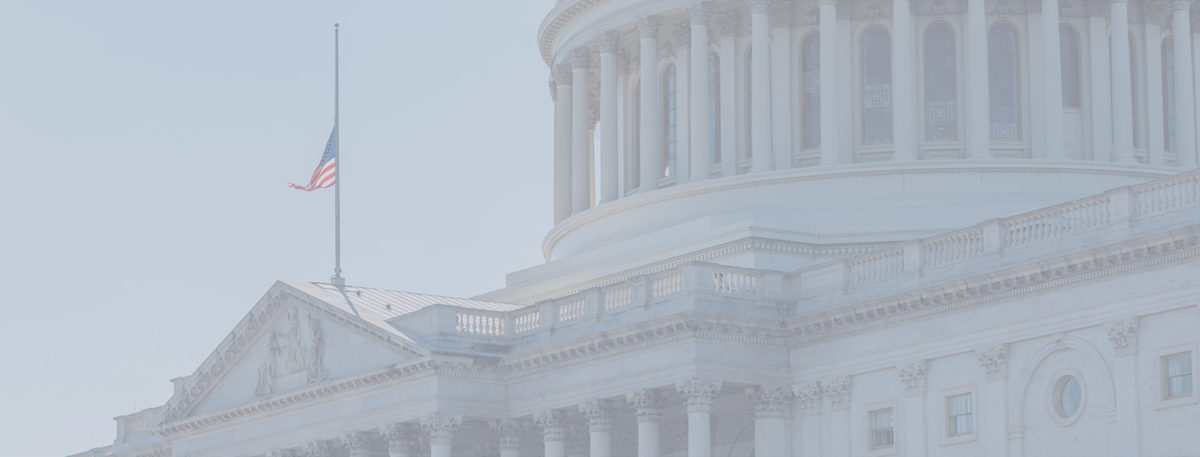November 2018
November 1, 2018January 2019
January 3, 2019The FTZ Industry Waited All Month
November made for a lot of waiting in the FTZ industry. Significant leadership changes in Congress as a result of Election Day won’t all be worked out until next year. The US-Mexico-Canada Agreement, the free trade agreement intended to replace NAFTA, was signed on the last day of the month, with frenetic negotiations right up to the last minute. USMCA ratification coincided with the attendance of the 3 leaders at the G-20 summit in Buenos Aires, Argentina. The summit also produced a freeze in the trade war between the United States and China after President Trump and President Xi Jinping held a dinner which produced a 90-day delay in the expansion of Section 301 tariffs. Also on the last day of the month, the 41st President of the United States, George Herbert Walker Bush, passed away, triggering flags all over Washington to be flown at half-mast. We honor his memory with our photo of the flag at the rear of the Capitol building, where he will lie in state this week.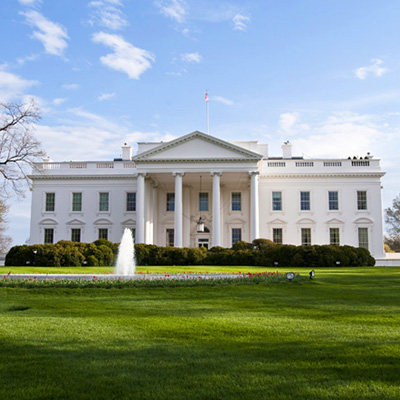
Top Story: White House Postpones Tariff Increase For FTZs- Temporarily
FTZ users and operators can breathe a little easier about the increase to 25% in their ‘List 3’ import duties on merchandise from China. But only for 90 days. And the 10% duties on those items will remain for the foreseeable future.
Democratic House Majority Could Have Broad Impact For The FTZ Industry
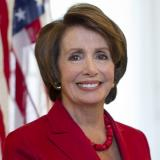
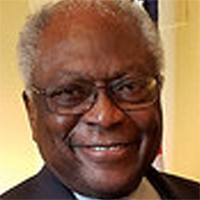
FTZ Industry Has A Friend In House Leadership?
Hundreds Of Exemptions Granted To Metal Tariffs, Including To Foreign-Trade Zone Users
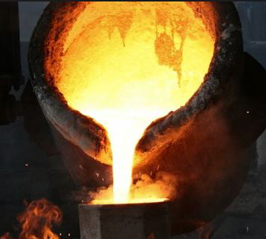
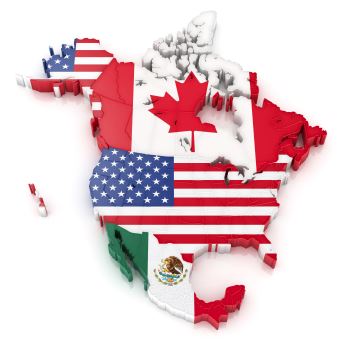
USMCA Negotiations Go Right To The Wire
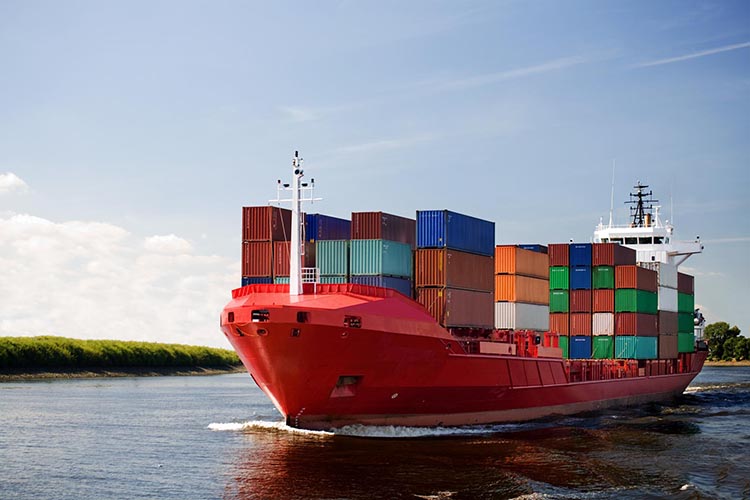
U.S. Foreign-Trade Zones Board Activity
- Gulf Coast Growth Ventures LLC submitted a notification of proposed production activity for ethylene, polyethylene and monoethylene glycol and related co-products in Foreign-Trade Zone 122 in Corpus Cristi, Texas. LEARN MORE
- Jeneil Biotech, Inc., submitted a notification of proposed production activity of natural fragrance intermediates in Foreign-Trade Zone 41 in Milwaukee, Wisconsin. LEARN MORE
- CNH Industrial America LLC, received authorization for proposed production activity of tractors, component parts, and axle subassemblies in Foreign-Trade Zone 41 in Milwaukee, Wisconsin. LEARN MORE
- Gildan Yarns, LLC, was denied authorization for production of cotton and cotton/polyester yarns in Foreign-Trade Zone 57 in Salisbury, North Carolina. LEARN MORE
- Patheon Softgels submitted a notification of proposed production activity of pharmaceutical products in Foreign-Trade Zone 230 in Greensboro, North Carolina LEARN MORE
- The Northwest Tennessee Regional Port Authority recived approval to expand the ASF service area of Foreign-Trade Zone 283 in west Tennessee. LEARN MORE
- The Pease Development Authority received approval to reorganize Foreign-Trade Zone 81 under the alternative site framework in Portsmouth, New Hampshire. LEARN MORE
- The State of Hawaii received approval to reorganize Foreign-Trade Zone 9 under the alternative site framework in Honolulu, Hawaii. LEARN MORE
- LNK International, Inc. submitted a notification of proposed production activity for pharmaceutical products in Foreign-Trade Zone 52 in Hauppauge, New York. LEARN MORE
- Brose New Boston, Inc., received authorization for production of passenger vehicles and SUV subassemblies in Foreign-Trade Zone 70 in Detroit, Michigan. LEARN MORE
- Future Electronics Distribution Center, L.P., submitted an application requesting subzone status for its facility in Foreign-Trade Zone 287 in Southaven, Mississippi. LEARN MORE
- Digi-Key Corporation submitted a notification of proposed production activity for consumer electronics in Foreign-Trade Zone 259 in Thief River Falls, Minnesota. LEARN MORE
- Joyson Safety Systems Acquisition, LLC, submitted a notification of proposed production activity for automotive airbag inflators and propellants in Foreign-Trade Zone 203 in Moses Lake, Washington. LEARN MORE
- Calsonic Kansei North America submitted a notification of proposed production activity for automotive parts in Foreign-Trade Zone 158 in Jackson, Mississippi. LEARN MORE
- Panasonic Eco Solutions Solar New York America submitted a notification of proposed production activity for crystalline silicon photovoltaic cells in Subzone 23E in Buffalo, New York. LEARN MORE
- Bacardi USA, Inc. received authorization for kitting of alcoholic beverages in Foreign-Trade Zone 64 in Jacksonville, Florida. LEARN MORE
- Leading Americas Inc., received authorization for production of wire harnesses in Foreign-Trade Zone 176 in Rockford, Illinois. LEARN MORE
- Digi-key Corporation received approval to operate its Fargo, North Dakota facilities as Subzone 267A. LEARN MORE
- Bloom Energy Corporation submitted a notification of proposed production activity for commercial fuel cells and related subassemblies in Foreign-Trade Zone 18 in San Jose, California. LEARN MORE
- Driftwood LNG, LLC, submitted a notification of proposed production activity for liquified natural gas processing in Foreign-Trade Zone 87 in Lake Charles, Louisiana. LEARN MORE
The FTZ Industry Waited All Month
November made for a lot of waiting in the FTZ industry. Significant leadership changes in Congress as a result of Election Day won’t all be worked out until next year. The US-Mexico-Canada Agreement, the free trade agreement intended to replace NAFTA, was signed on the last day of the month, with frenetic negotiations right up to the last minute. USMCA ratification coincided with the attendance of the 3 leaders at the G-20 summit in Buenos Aires, Argentina. The summit also produced a freeze in the trade war between the United States and China after President Trump and President Xi Jinping held a dinner which produced a 90-day delay in the expansion of Section 301 tariffs. Also on the last day of the month, the 41st President of the United States, George Herbert Walker Bush, passed away, triggering flags all over Washington to be flown at half-mast. We honor his memory with our photo of the flag at the rear of the Capitol building, where he will lie in state this week.

